

Articles
What Are Rugs In Healthcare
Modified: October 20, 2024
Discover the importance of rugs in healthcare settings. Read our informative articles to understand how rugs contribute to patient comfort and safety.
(Many of the links in this article redirect to a specific reviewed product. Your purchase of these products through affiliate links helps to generate commission for Storables.com, at no extra cost. Learn more)
Introduction
In healthcare settings, every little detail matters to create an environment that is conducive to healing and well-being. While medical equipment and personnel are usually the top priority, one element that is often overlooked but can have a significant impact is rugs. Rugs, whether they are placed in waiting areas, patient rooms, or hallways, can contribute to the overall comfort and aesthetics of a healthcare facility.
Rugs serve a dual purpose in healthcare settings. Not only do they add warmth and visual appeal to the space, but they also provide practical benefits such as reducing noise levels, preventing slips and falls, and improving indoor air quality. In this article, we will explore the importance of rugs in healthcare settings, the benefits they offer, the different types of rugs used, considerations for selecting rugs, proper maintenance, and potential risks associated with their use.
Healthcare facilities are often busy and bustling places, filled with anxious patients, worried families, and busy medical professionals. The presence of rugs can help to create a sense of calm and serenity amidst the chaos. The softness and warmth underfoot provide a soothing effect, making patients and visitors feel more comfortable and at ease. This can have a positive impact on their overall experience and contribute to a more positive perception of the healthcare facility.
In addition to the psychological benefits, rugs also offer practical advantages in healthcare settings. One of the key benefits of rugs is their ability to reduce noise levels. The constant sound of footsteps and medical equipment can create a noisy and disruptive environment, making it difficult for patients to rest and recover. Rugs act as sound absorbers, dampening noise and creating a quieter atmosphere. This is particularly important in patient rooms, where a peaceful and quiet environment is essential for healing.
Another critical benefit of rugs in healthcare settings is their slip-resistant properties. Hospitals and other healthcare facilities are prone to spills and wet floors, putting patients, visitors, and staff at risk of slips and falls. Rugs with non-slip backing or rugs made from materials such as rubber or vinyl can help to prevent accidents by providing traction and stability. This is especially important in areas such as entrances, corridors, and bathrooms.
Key Takeaways:
- Rugs in healthcare facilities contribute to patient comfort, safety, and well-being by reducing noise, preventing slips, and enhancing air quality. Proper selection and maintenance are crucial for maximizing their benefits.
- Healthcare facilities can harness the benefits of rugs by considering safety, cleanliness, and durability when selecting rugs. Proper maintenance and precautions mitigate potential risks, creating a safe and welcoming environment for all.
Read more: What Are Rugs
Importance of Rugs in Healthcare Settings
Rugs play a crucial role in healthcare settings, providing numerous benefits that contribute to the overall well-being of patients, visitors, and staff. Let’s delve into the importance of rugs in healthcare facilities in more detail.
First and foremost, rugs add a touch of warmth and comfort to sterile medical environments. Healthcare settings can often feel intimidating and cold, with their bright lights and sterile equipment. The addition of rugs can help to soften the space, creating a more inviting and comfortable atmosphere. Patients and visitors can feel more at ease when surrounded by the cozy and familiar feel of rugs, helping to alleviate some of the stress and anxiety that can come with healthcare visits.
Furthermore, rugs contribute to the aesthetics of healthcare facilities, creating a visually appealing environment. The design and colors of rugs can be chosen to complement the overall decor and theme of the facility, enhancing the overall ambiance. This attention to detail can positively impact patient experience and perception of the healthcare facility.
Rugs also play a crucial role in improving air quality in healthcare settings. They act as a filter, trapping dust, allergens, and other particles that may be present in the air. Regular cleaning and maintenance of the rugs ensure that these pollutants are removed, creating a healthier and cleaner indoor environment. This is particularly important for individuals with respiratory conditions or allergies.
In addition to promoting comfort and aesthetics, rugs offer practical benefits in healthcare settings. They can help to reduce noise levels that are common in busy medical environments. The soft and plush texture of rugs absorbs sound, minimizing echo and creating a quieter and more peaceful atmosphere. This is especially important in patient rooms, where a peaceful environment is essential for rest and recovery.
Another important aspect of rugs in healthcare settings is their ability to improve safety. Hospitals and medical facilities are prone to spills and wet floors, increasing the risk of slips and falls. Rugs with non-slip backing or made from materials specifically designed for safety can provide traction and stability, reducing the likelihood of accidents. Placing rugs strategically in high-traffic areas and around areas prone to wetness can help to prevent slips and falls, ensuring the safety of patients, visitors, and staff.
The importance of rugs in healthcare settings cannot be understated. From enhancing comfort and aesthetics to improving air quality and safety, rugs contribute significantly to creating a supportive and healing environment for patients and visitors. Healthcare facilities can benefit greatly from incorporating rugs into their design and maintenance plans, ultimately enhancing the overall experience and well-being of those who walk through their doors.
Benefits of Rugs in Healthcare Facilities
Rugs in healthcare facilities offer a multitude of benefits that positively impact patients, visitors, and staff alike. These benefits extend beyond providing comfort and aesthetics. Let’s explore the various advantages of incorporating rugs into healthcare environments.
1. Comfort and Well-being: Rugs significantly contribute to the overall comfort and well-being of individuals in healthcare facilities. The soft and plush texture of rugs provides a warm and cozy feeling underfoot, creating a more inviting atmosphere. This added comfort can help patients and visitors feel more at ease during their stay, fostering a sense of well-being and promoting relaxation.
2. Noise Reduction: Healthcare facilities can be noisy and disruptive, making it difficult for patients to rest and recover. Rugs act as sound absorbers, minimizing noise levels and creating a quieter environment. By reducing the sounds of footsteps and medical equipment, rugs contribute to a more peaceful atmosphere and enhance the healing process.
3. Safety: Slip and fall accidents are a significant concern in healthcare settings. Rugs with non-slip backing or those made from materials designed for safety can help prevent slips and falls by providing traction and stability. Placing rugs strategically in areas prone to wetness or high traffic can minimize the risk of accidents, ensuring the safety of patients, visitors, and staff.
4. Visual Appeal: Rugs add an aesthetic element to healthcare facilities, enhancing the overall visual appeal. Facilities can choose rugs that complement their decor and color scheme, creating a cohesive and harmonious environment. The right choice of rugs can elevate the atmosphere, making the space more welcoming and pleasing to the eye.
5. Air Quality Improvement: Rugs act as filters, trapping dust, allergens, and other particles present in the air. By capturing these pollutants, rugs help improve indoor air quality and create a healthier environment. Regular cleaning and maintenance of rugs ensure that these particles are removed, further contributing to better air quality.
6. Psychological Impact: The presence of rugs in healthcare facilities can have a positive psychological impact on patients, visitors, and staff. The colors, patterns, and textures of rugs can evoke feelings of comfort, joy, and serenity, reducing stress and anxiety. This can contribute to better patient experiences and a more positive perception of the healthcare facility.
7. Delimitation of Spaces: Rugs can be used to delineate different areas within healthcare facilities, helping to create a sense of organization and structure. They can be placed strategically to separate waiting areas from corridors or define specific zones within a room. This helps visitors and patients navigate the space more easily and promotes an organized and efficient flow.
With their numerous benefits, rugs play a vital role in enhancing the overall environment of healthcare facilities. From promoting comfort and safety to improving air quality and aesthetics, rugs contribute to a more supportive and healing environment. Including rugs as a part of the design and maintenance plans in healthcare facilities is a worthwhile investment that pays off in terms of improved patient experiences and satisfaction.
Types of Rugs Used in Healthcare
When it comes to selecting rugs for healthcare facilities, there are various types available that cater to specific needs and requirements. These types of rugs offer different features and benefits, ensuring that they serve their intended purpose effectively. Let’s explore some of the commonly used rugs in healthcare settings.
1. Entrance Mats: Entrance mats are one of the most essential types of rugs used in healthcare facilities. Placed near entrances and main doors, these rugs help to trap dirt, dust, and moisture from the shoes of individuals entering the facility. This prevents these contaminants from spreading throughout the premises, promoting a cleaner and safer environment within the healthcare facility.
2. Anti-Fatigue Mats: Anti-fatigue mats are designed to provide comfort and reduce strain on the feet and legs of healthcare professionals who spend long hours on their feet. These mats have cushioning properties that help to absorb shock and alleviate pressure, reducing fatigue and discomfort. By enhancing the comfort of staff, anti-fatigue mats contribute to better productivity and well-being.
3. Non-Slip Mats: Non-slip mats are specifically designed to prevent slips and falls in areas where wetness or spills are common, such as entryways, hallways, and bathrooms. These mats are made from materials with high traction properties, ensuring stability and preventing accidents. Non-slip mats are crucial in maintaining a safe environment for patients, visitors, and staff.
4. Area Rugs: Area rugs are used in various areas of healthcare facilities to add warmth, comfort, and aesthetic appeal. These rugs can be placed in waiting areas, lobbies, patient rooms, or treatment rooms, creating a cozy and inviting atmosphere. Area rugs come in a variety of colors, textures, and patterns, allowing healthcare facilities to select ones that match their interior design and overall theme.
5. Carpet Tiles: Carpet tiles are an excellent option for larger areas within healthcare facilities, such as corridors and common areas. These tiles provide flexibility and ease of maintenance as they can be individually replaced if stained or damaged. Carpet tiles are available in a wide range of styles and colors, allowing for customization and easy blending with the existing decor.
6. Disposable Rugs: Disposable rugs are frequently used in healthcare facilities to maintain high levels of cleanliness and hygiene. These rugs are made from absorbent and disposable materials that can be easily discarded after use. Disposable rugs are particularly useful in areas where infection control is crucial, such as operating rooms or isolation areas.
7. Vinyl Rugs: Vinyl rugs are a popular choice for areas with high foot traffic and the potential for spills or wet floors. These rugs are made from durable and water-resistant vinyl material, providing slip-resistant qualities and easy cleaning. Vinyl rugs are commonly used in hallways, kitchens, and areas where spills are likely to occur, offering a practical and low-maintenance flooring solution.
When selecting rugs for healthcare facilities, it is essential to consider the specific needs and requirements of the space. Factors such as safety, comfort, aesthetics, and maintenance should all be taken into account to ensure that the chosen rugs effectively serve their intended purpose and contribute to a functional and inviting environment within the healthcare facility.
When choosing rugs for healthcare settings, prioritize those that are easy to clean, have low pile to reduce trip hazards, and are made of antimicrobial materials to help prevent the spread of infections.
Considerations for Selecting Rugs in Healthcare Settings
When choosing rugs for healthcare settings, several factors should be taken into consideration to ensure that the selected rugs meet the specific needs and requirements of the facility. These considerations play a vital role in creating a safe, comfortable, and functional environment for patients, visitors, and staff. Let’s explore the key factors to keep in mind when selecting rugs for healthcare settings.
1. Safety: Safety should be the top priority when selecting rugs for healthcare facilities. Look for rugs with non-slip backing or those made from slip-resistant materials to reduce the risk of accidents, especially in areas prone to wetness or spills. It’s also important to ensure that the edges of the rugs are secure and low-profile to prevent tripping hazards.
2. Cleanability: Healthcare settings require rugs that can be easily cleaned and maintained to ensure a hygienic environment. Look for rugs that are stain-resistant and can withstand regular cleaning and disinfection. Consider rugs made from materials that can be easily wiped down or machine washed without compromising their quality or functionality.
3. Durability: Healthcare facilities experience high foot traffic and heavy usage, so selecting durable rugs is essential to endure the wear and tear. Choose rugs made from high-quality materials that are resistant to abrasion and fading. Additionally, consider rugs with strong construction methods such as tight weaves or reinforced edges to withstand frequent use and cleaning.
4. Anti-microbial Properties: In healthcare settings where infection control is crucial, selecting rugs with anti-microbial properties can help prevent the spread of bacteria and germs. Look for rugs that have been treated with anti-microbial agents to inhibit the growth of harmful pathogens, providing an extra layer of protection within the facility.
5. Comfort: Comfort is an important consideration, especially for patients and staff who spend long periods in healthcare facilities. Choose rugs with cushioning or padding properties to provide support and reduce fatigue. Additionally, consider the texture and softness of the rugs to create a comfortable and welcoming environment for patients and visitors.
6. Size and Placement: Consider the size and placement of rugs to ensure they fit seamlessly within the healthcare space. Measure the areas where rugs will be placed to select the appropriate sizes. It’s important to choose rugs that are not too large to impede movement or create tripping hazards. Additionally, consider the purpose of the rug in each space and its placement to optimize functionality and aesthetics.
7. Compliance with Regulations: Healthcare facilities must adhere to certain regulations and guidelines. When selecting rugs, ensure they comply with safety standards and regulations set by authorities such as fire codes, ADA (Americans with Disabilities Act), and other relevant regulations.
By considering these factors, healthcare facilities can select rugs that meet their specific needs and create a safe, comfortable, and visually appealing environment. Remember to balance functionality, safety, and aesthetics to ensure the chosen rugs contribute positively to the overall ambiance and well-being of patients, visitors, and staff in healthcare settings.
Read more: Why Does Healthcare Need Intrusion Detection
Proper Maintenance of Rugs in Healthcare Facilities
Maintaining the cleanliness and condition of rugs in healthcare facilities is essential to ensure a safe and hygienic environment. Proper maintenance not only preserves the appearance and functionality of rugs but also contributes to the overall well-being of patients, visitors, and staff. Here are some key considerations for the proper maintenance of rugs in healthcare facilities.
Regular Cleaning: Establish a regular cleaning schedule for the rugs in healthcare facilities. Vacuum rugs daily to remove dirt, dust, and debris. This helps to maintain the appearance of the rugs and prevent the buildup of allergens and pollutants.
Stain Removal: Promptly address any spills or stains on the rugs. Blot the affected area with a clean cloth or paper towel to absorb as much moisture as possible. Avoid rubbing the stain, as this can spread it further. Use a mild detergent or specially formulated rug cleaner to treat the stain gently. Test any cleaning solution on a small, inconspicuous area of the rug first to ensure it does not cause discoloration or damage.
Deep Cleaning: In addition to regular vacuuming, periodically deep clean the rugs in healthcare facilities. This can be done using professional carpet cleaning equipment or by hiring a reputable cleaning service. Deep cleaning removes embedded dirt and stains that regular vacuuming may not be able to eliminate, ensuring a thorough and hygienic cleaning of the rugs.
Drying: Proper drying of rugs is crucial to prevent the growth of mold and mildew. After cleaning, ensure that rugs are completely dry before placing them back in their respective areas. This can be achieved by allowing ample air circulation or using fans or dehumidifiers to expedite the drying process.
Repair and Maintenance: Regularly inspect the rugs for any signs of wear, tear, or damage. Address any loose threads, frayed edges, or uneven surfaces promptly. Repair or replace damaged rugs to prevent accidents and maintain a safe environment.
Rotate Rugs: Rotate rugs periodically to minimize wear and ensure even distribution of foot traffic. This helps to prolong the lifespan of the rugs and maintain their appearance. Consider rotating rugs in high-traffic areas more frequently to prevent excessive wear in specific spots.
Consider Professional Assistance: When in doubt or for more extensive cleaning or repair needs, consider engaging professional rug cleaning and maintenance services. These professionals have the expertise, equipment, and knowledge to effectively clean and maintain rugs, ensuring optimal cleanliness and longevity.
Document Cleaning Procedures: Document the cleaning procedures and schedules for the rugs in healthcare facilities. This helps to ensure that all staff members are aware of proper maintenance protocols and can refer to the documentation for consistency and best practices.
Proper maintenance of rugs in healthcare facilities is crucial for creating a safe, hygienic, and visually appealing environment. By implementing regular cleaning, stain removal, deep cleaning, and appropriate repairs, healthcare facilities can ensure the longevity and functionality of their rugs, contributing to the well-being and satisfaction of patients, visitors, and staff.
Potential Risks and Precautions Associated with Rugs in Healthcare
While rugs offer numerous benefits in healthcare settings, it is essential to be mindful of potential risks and take necessary precautions to ensure the safety and well-being of patients, visitors, and staff. Here are some potential risks associated with rugs in healthcare facilities and the precautions to mitigate them.
1. Tripping Hazards: Rugs with loose edges, curled corners, or uneven surfaces can pose a tripping hazard. Regularly inspect rugs to ensure they are securely fastened and lie flat. Consider using double-sided tape or non-slip mats to keep rugs in place and minimize the risk of tripping accidents.
2. Slips and Falls: In areas prone to wetness or spills, rugs can become slippery and increase the risk of slips and falls, especially if they are not slip-resistant. Choose rugs with non-slip backing or made from materials specifically designed for safety in these areas. Promptly clean up any spills on rugs and ensure proper drying to prevent accidents.
3. Allergen Accumulation: Rugs can trap allergens such as dust, pollen, and pet dander, which can exacerbate allergies or respiratory conditions. Regularly vacuum and clean rugs to remove allergens, reducing the potential impact on individuals with sensitivities. Consider using rugs made from hypoallergenic materials or those that can be easily cleaned and maintained.
4. Infection Control: Healthcare facilities must prioritize infection control. Rugs can harbor bacteria or viruses, particularly if not regularly cleaned and disinfected. Establish a strict cleaning and disinfection protocol for rugs, ensuring they are properly sanitized to minimize the risk of cross-contamination. Consider using rugs with anti-microbial properties or disposable rugs in critical areas.
5. Fire Hazards: Rugs with improper fire resistance or placement near heat sources can pose a fire hazard. Ensure that rugs comply with fire codes and regulations, particularly in areas where flammable materials may be present. Keep rugs away from heaters or electrical outlets to prevent fire accidents.
6. Maintenance Challenges: Proper maintenance of rugs can be demanding in healthcare environments with high foot traffic and frequent spills. It is crucial to establish a robust cleaning and maintenance routine for rugs, including regular vacuuming, stain removal, and deep cleaning. Consider using durable rugs that can withstand frequent cleaning or opt for carpet tiles that can be easily replaced if stained or damaged.
7. Psychological Impact: While rugs can provide comfort and enhance the ambiance of healthcare facilities, it is essential to consider individual preferences and sensitivities. Some individuals may have visual or sensory sensitivities to certain patterns or textures. Incorporate user feedback and preferences when selecting rugs to ensure they contribute positively to the psychological well-being of patients, visitors, and staff.
By being mindful of these potential risks and taking necessary precautions, healthcare facilities can mitigate hazards associated with rugs. Regular inspection, proper maintenance, adherence to safety regulations, and consideration of individual sensitivities are key to creating a safe and comfortable environment where rugs can benefit without posing unnecessary risks.
Conclusion
Rugs play a significant role in healthcare settings, offering both aesthetic appeal and practical benefits. They contribute to the well-being and comfort of patients, visitors, and staff, while also providing safety measures and improving the overall environment. From reducing noise levels and preventing slips and falls to enhancing air quality and creating a pleasant atmosphere, rugs have proven to be valuable additions to healthcare facilities.
When selecting rugs for healthcare settings, it is crucial to consider factors such as safety, cleanliness, durability, and compliance with regulations. Proper maintenance, including regular cleaning, stain removal, and deep cleaning, is essential to keep rugs in optimal condition and minimize potential risks. With careful attention to safety protocols and maintenance procedures, healthcare facilities can ensure that rugs continue to serve their intended purpose effectively.
While there may be potential risks associated with rugs in healthcare, such as tripping hazards or allergen accumulation, these risks can be effectively managed through precautionary measures. Regular inspections, timely repairs, and adherence to cleaning and disinfection protocols help mitigate these risks, promoting a safe and hygienic environment for all.
In conclusion, rugs in healthcare facilities play a pivotal role in creating a welcoming, comfortable, and functional environment. The benefits they offer, from enhancing comfort and aesthetics to promoting safety and cleanliness, make them valuable assets. By considering the specific needs of the facility, selecting appropriate rug types, and implementing proper maintenance, healthcare facilities can harness the full potential of rugs to improve the overall experience and well-being of patients, visitors, and staff.
Frequently Asked Questions about What Are Rugs In Healthcare
Was this page helpful?
At Storables.com, we guarantee accurate and reliable information. Our content, validated by Expert Board Contributors, is crafted following stringent Editorial Policies. We're committed to providing you with well-researched, expert-backed insights for all your informational needs.
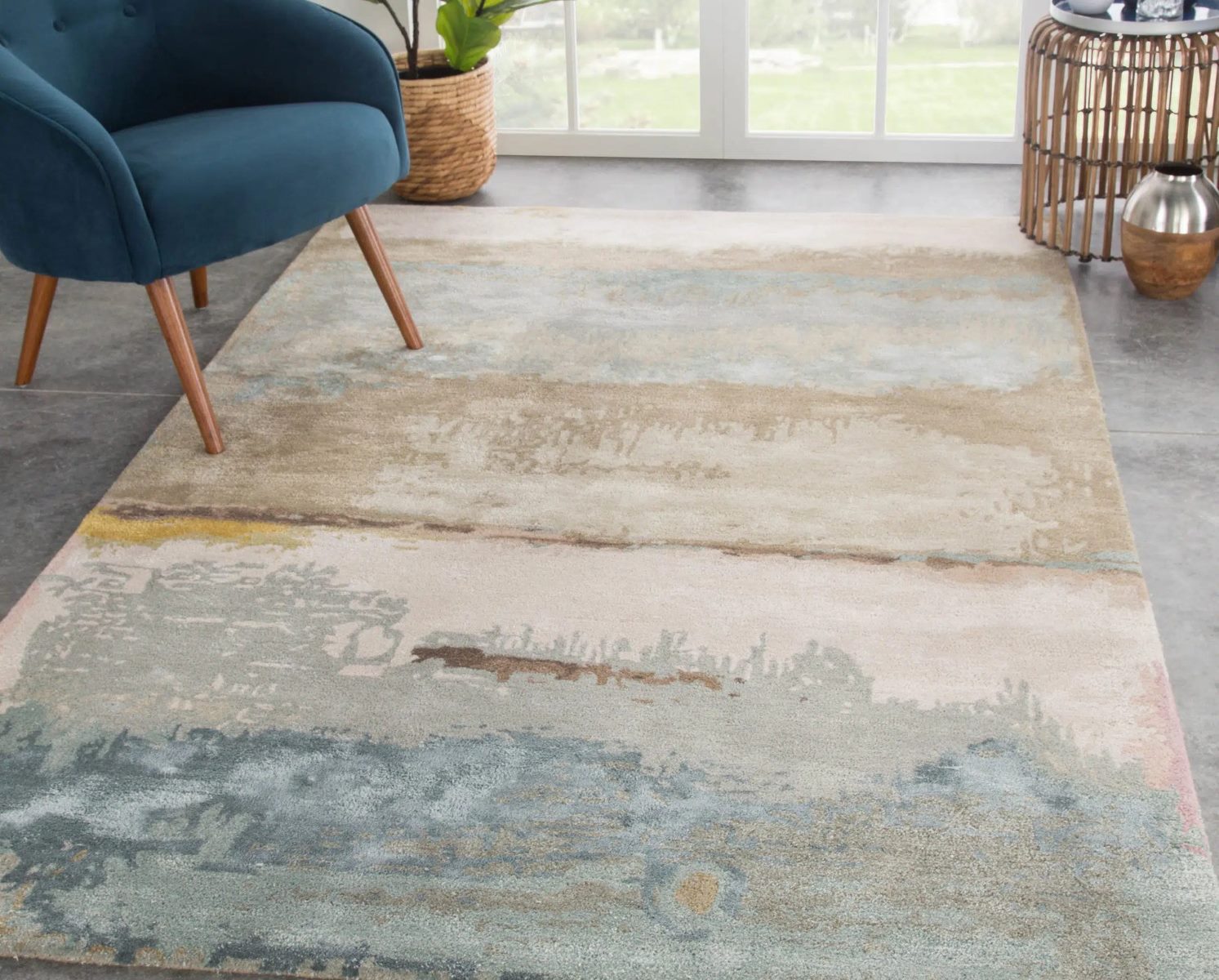
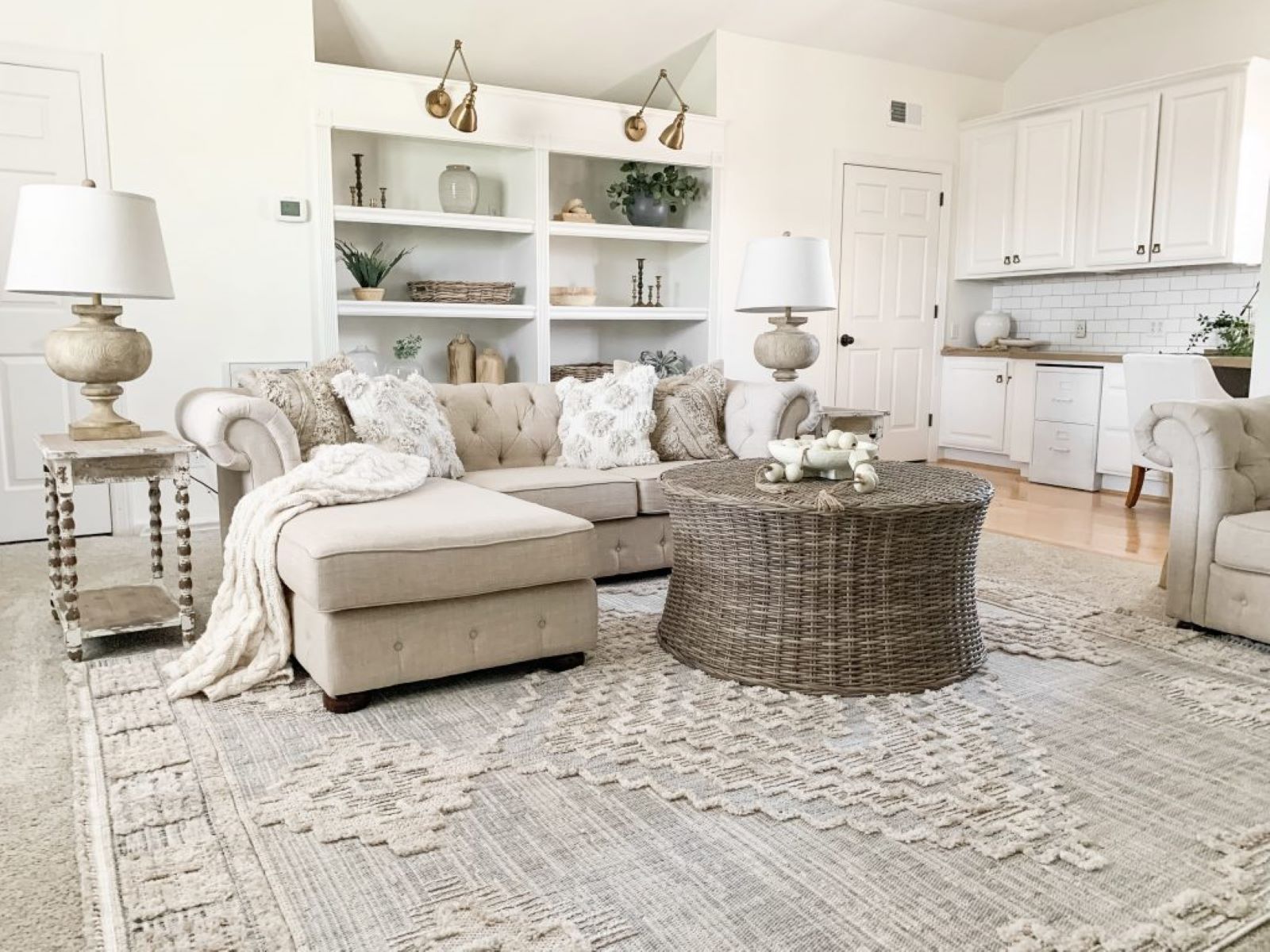
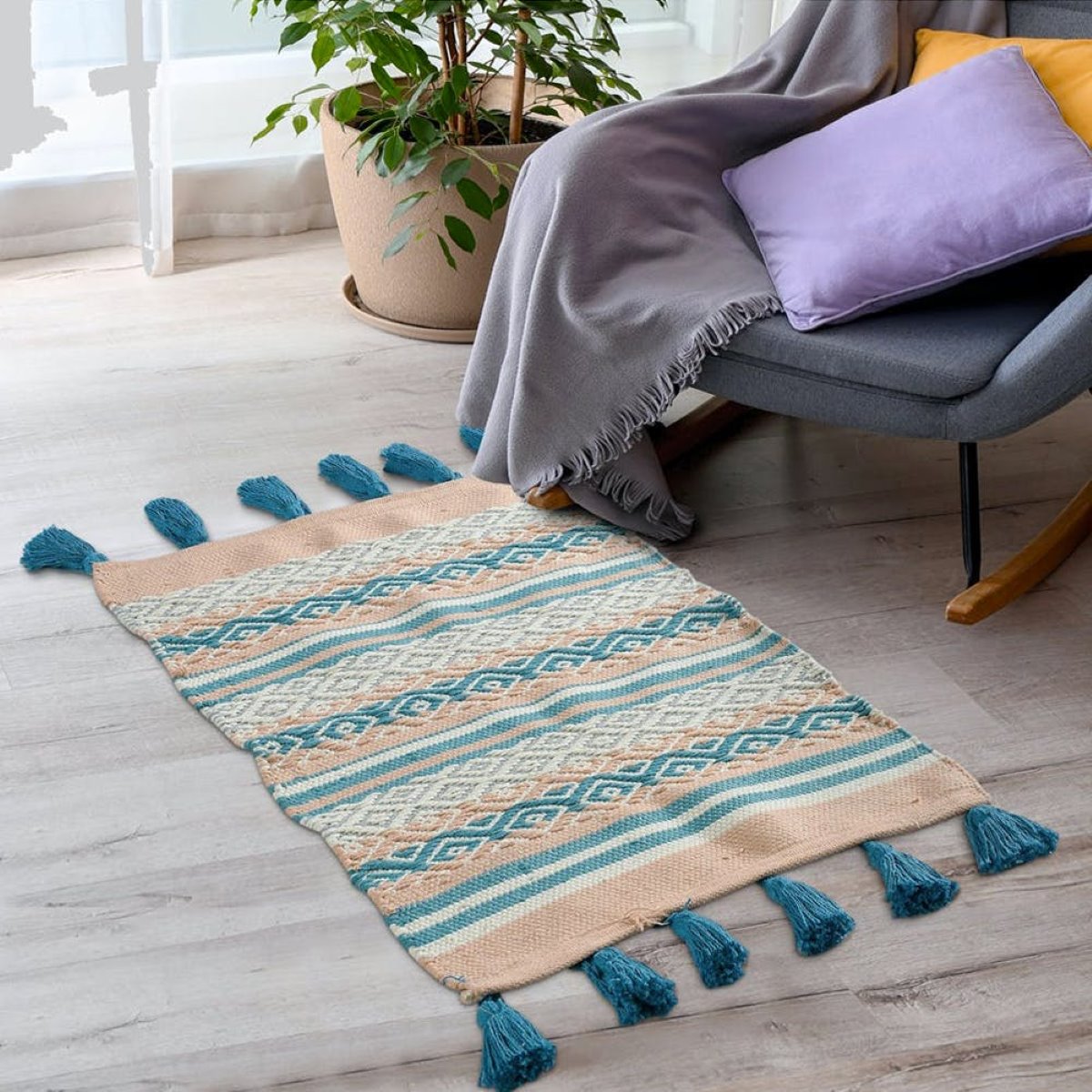
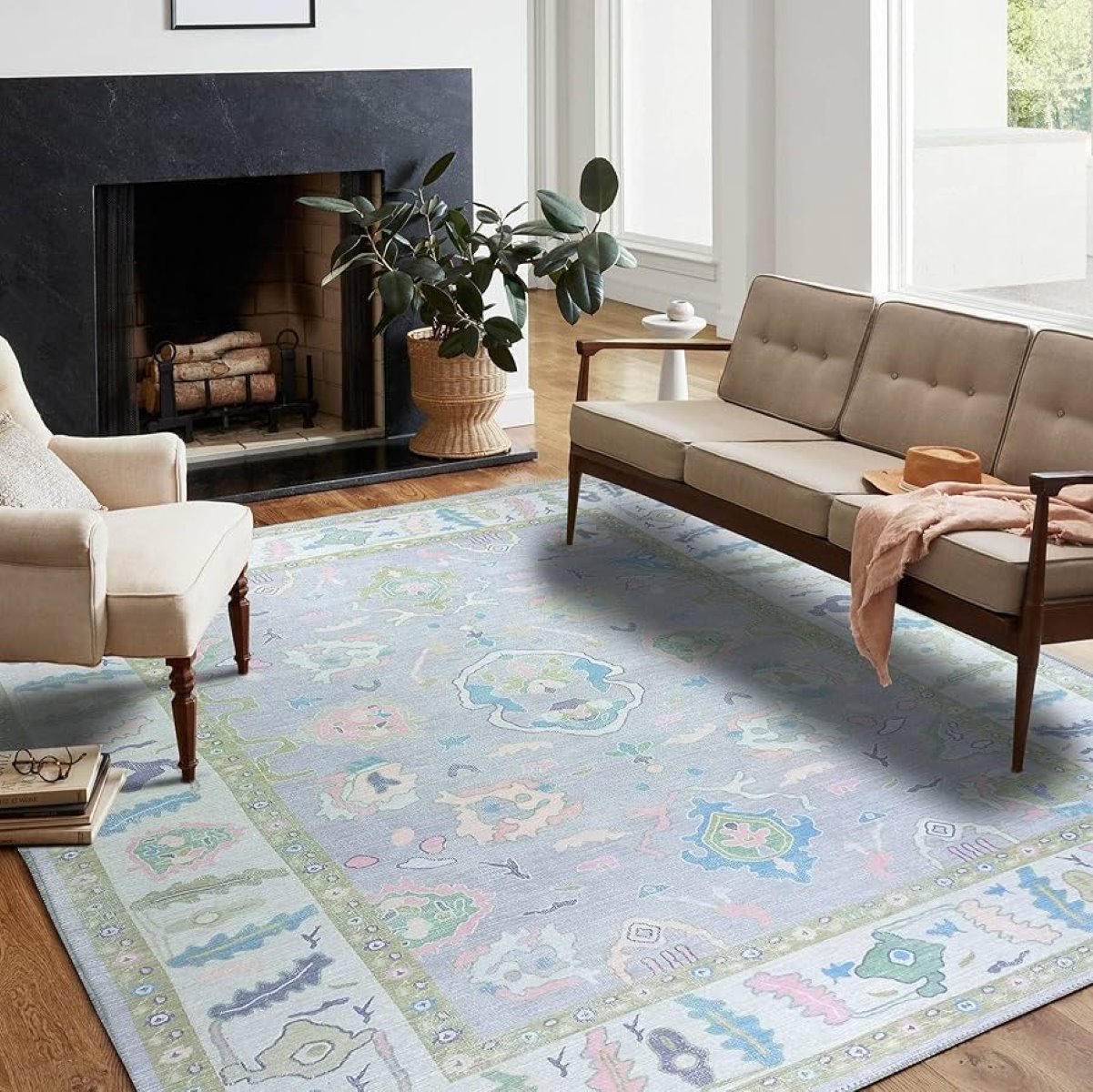

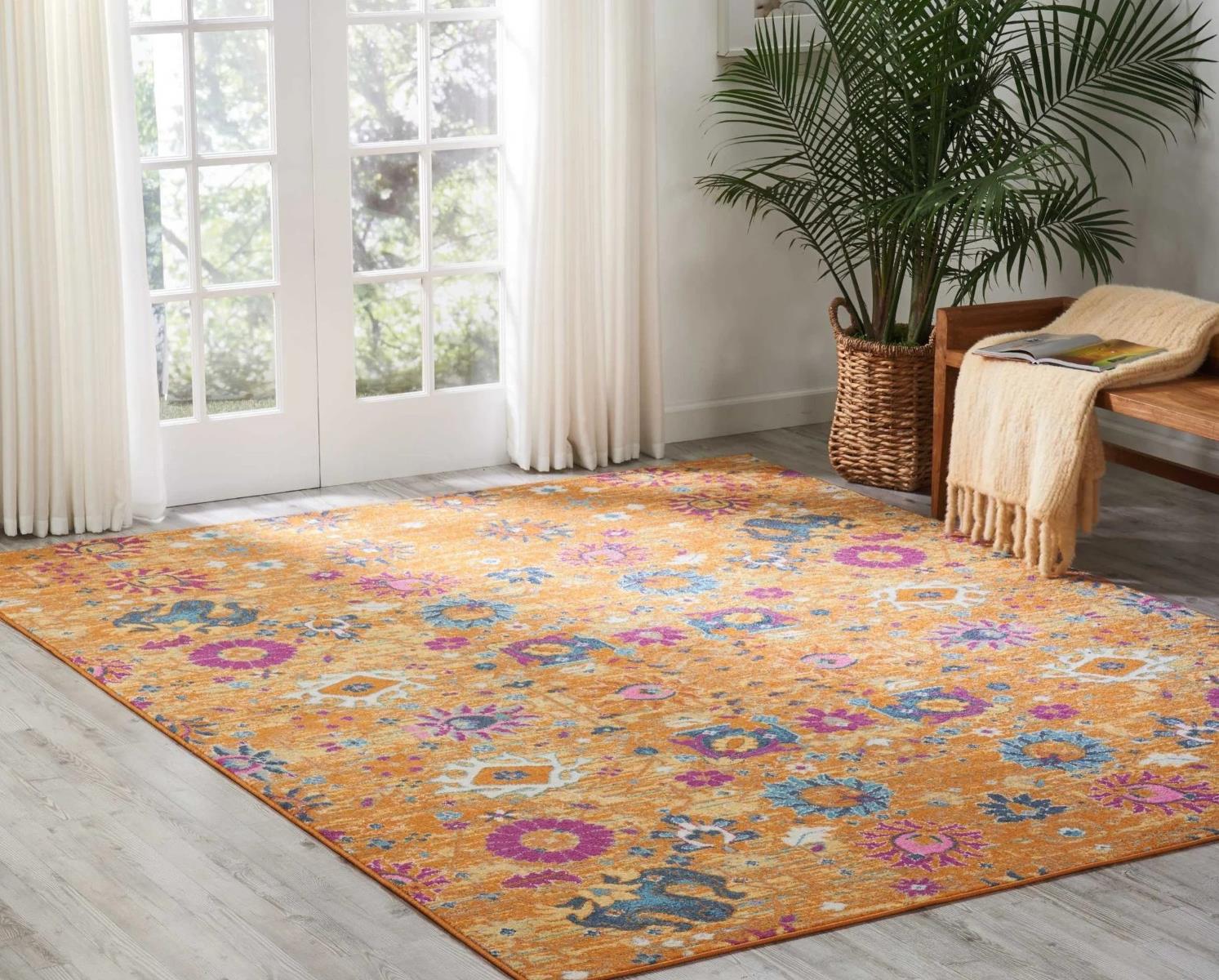
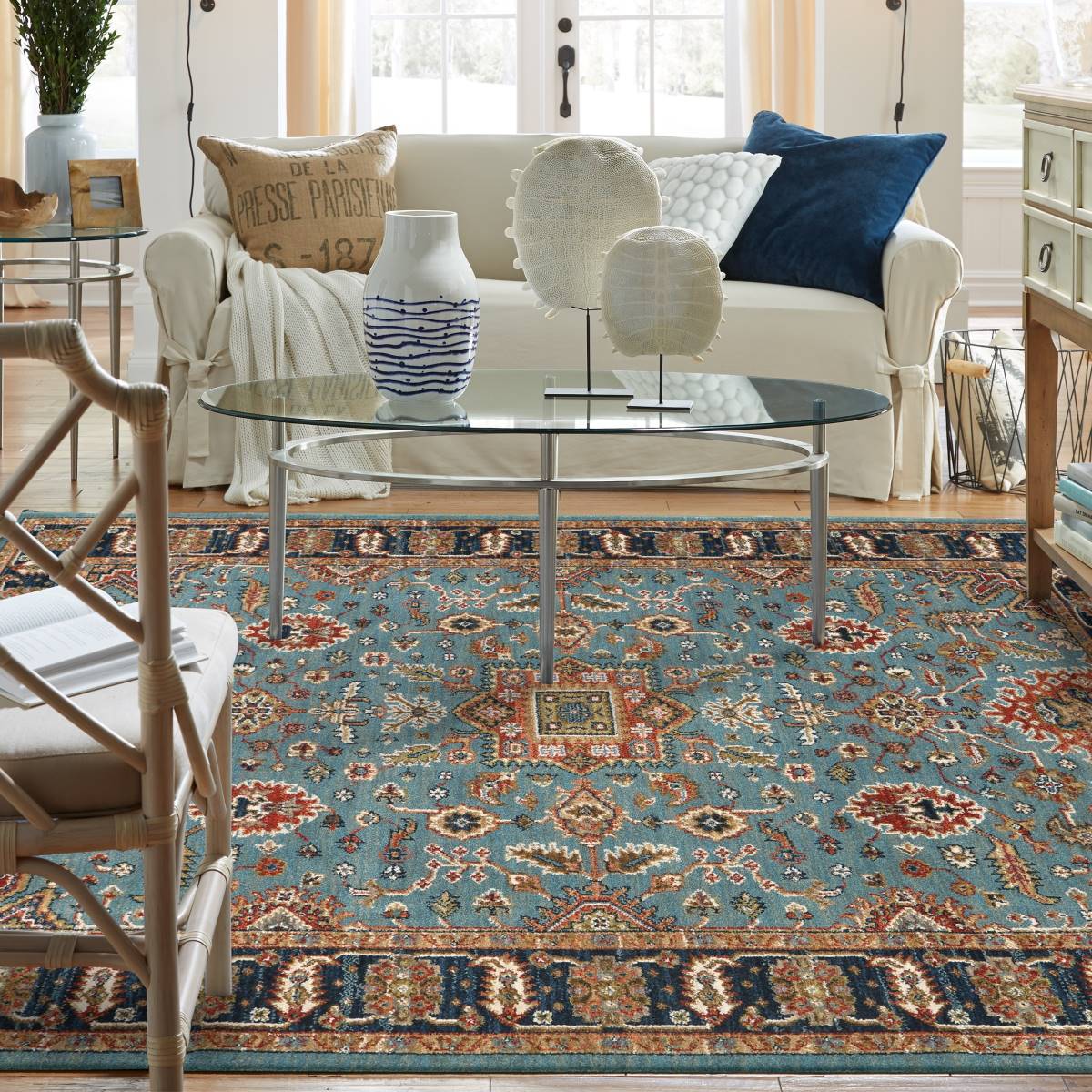
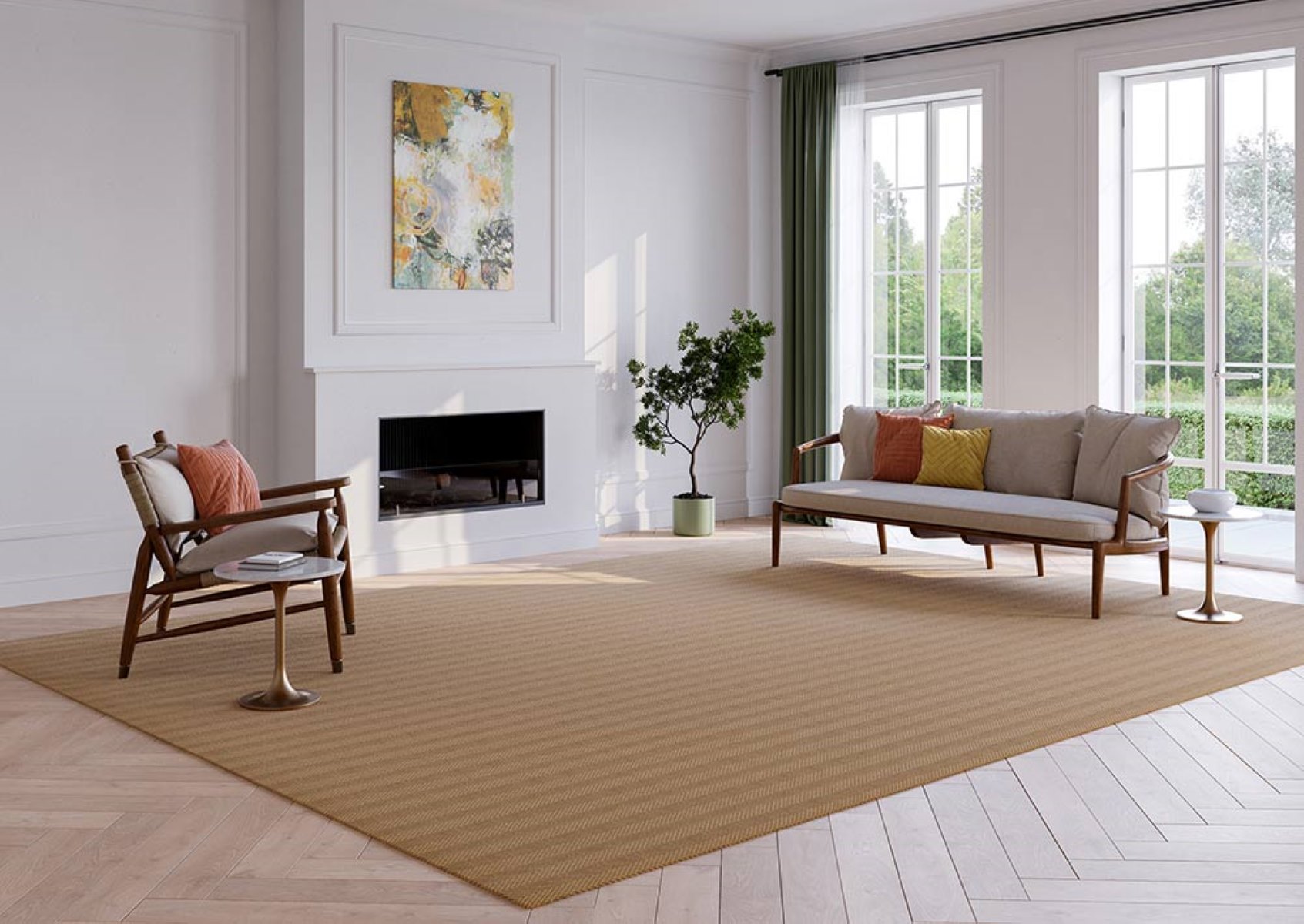
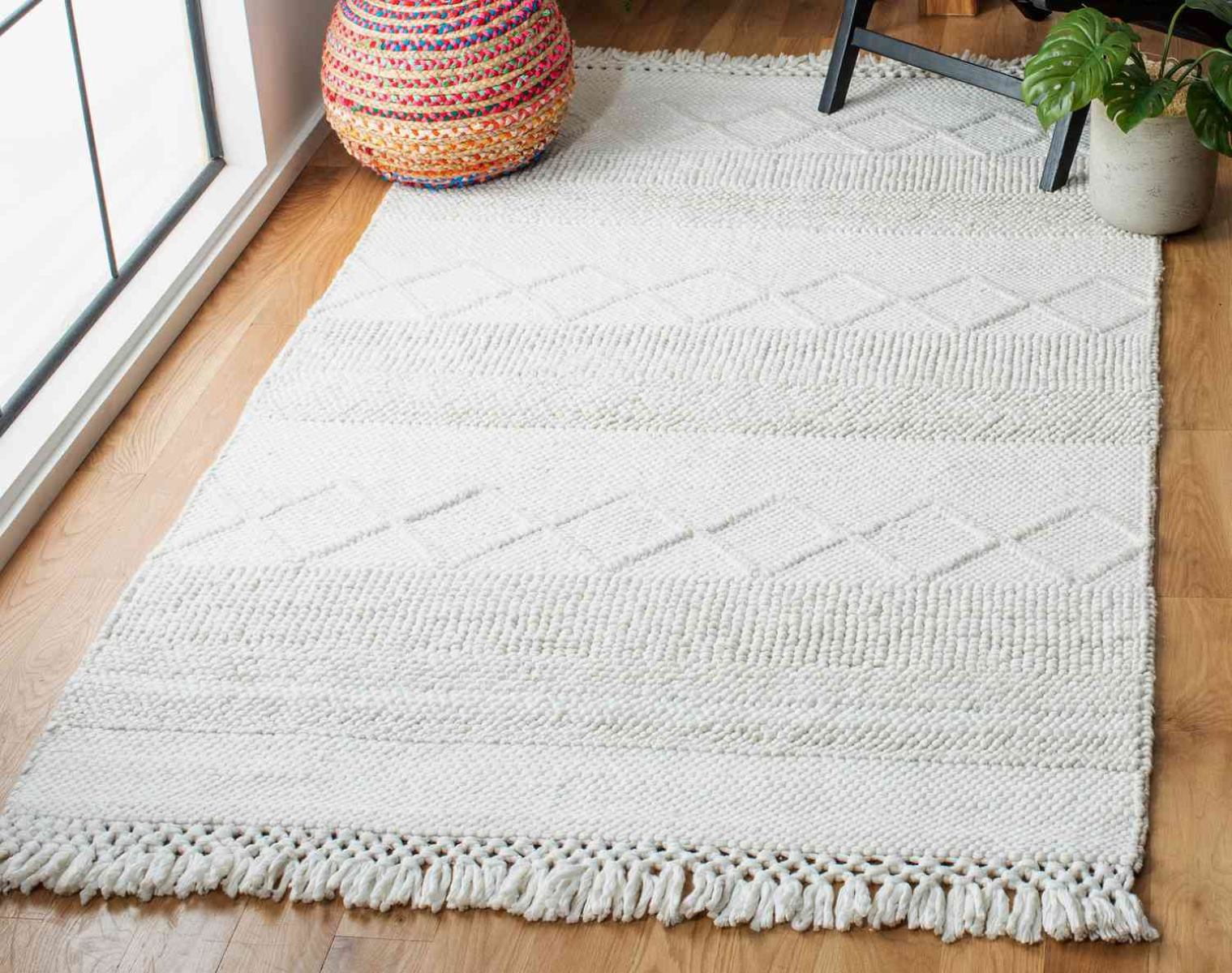
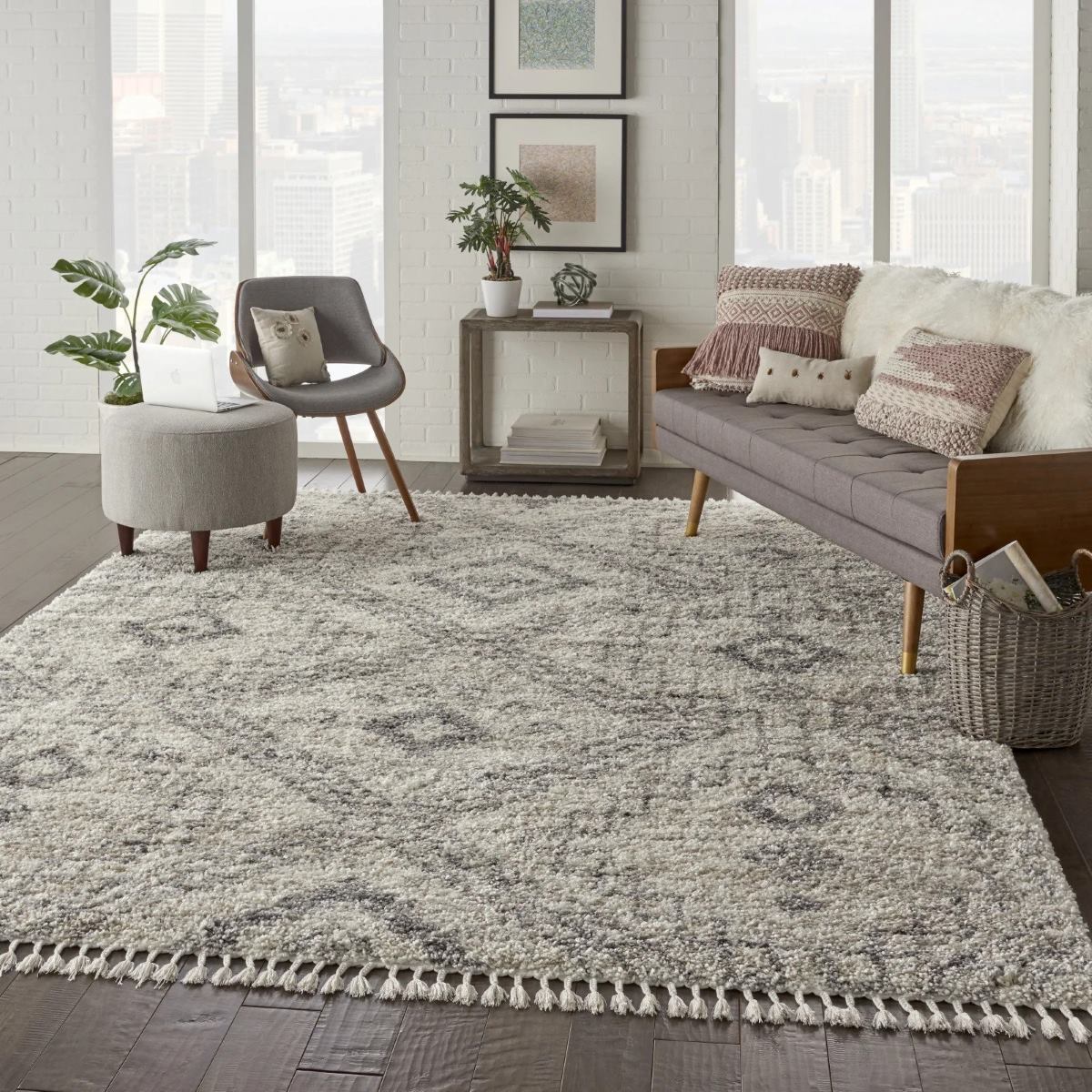
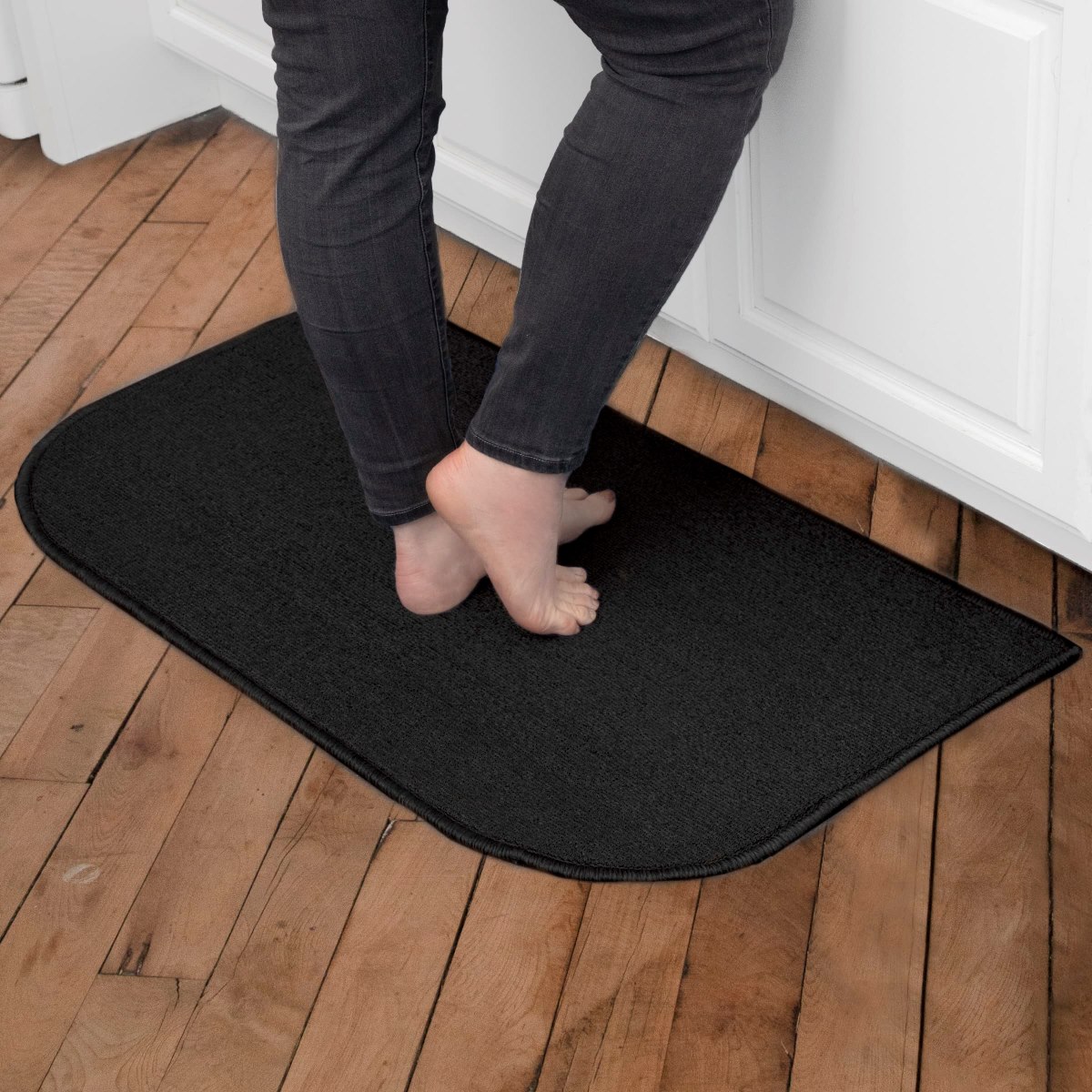
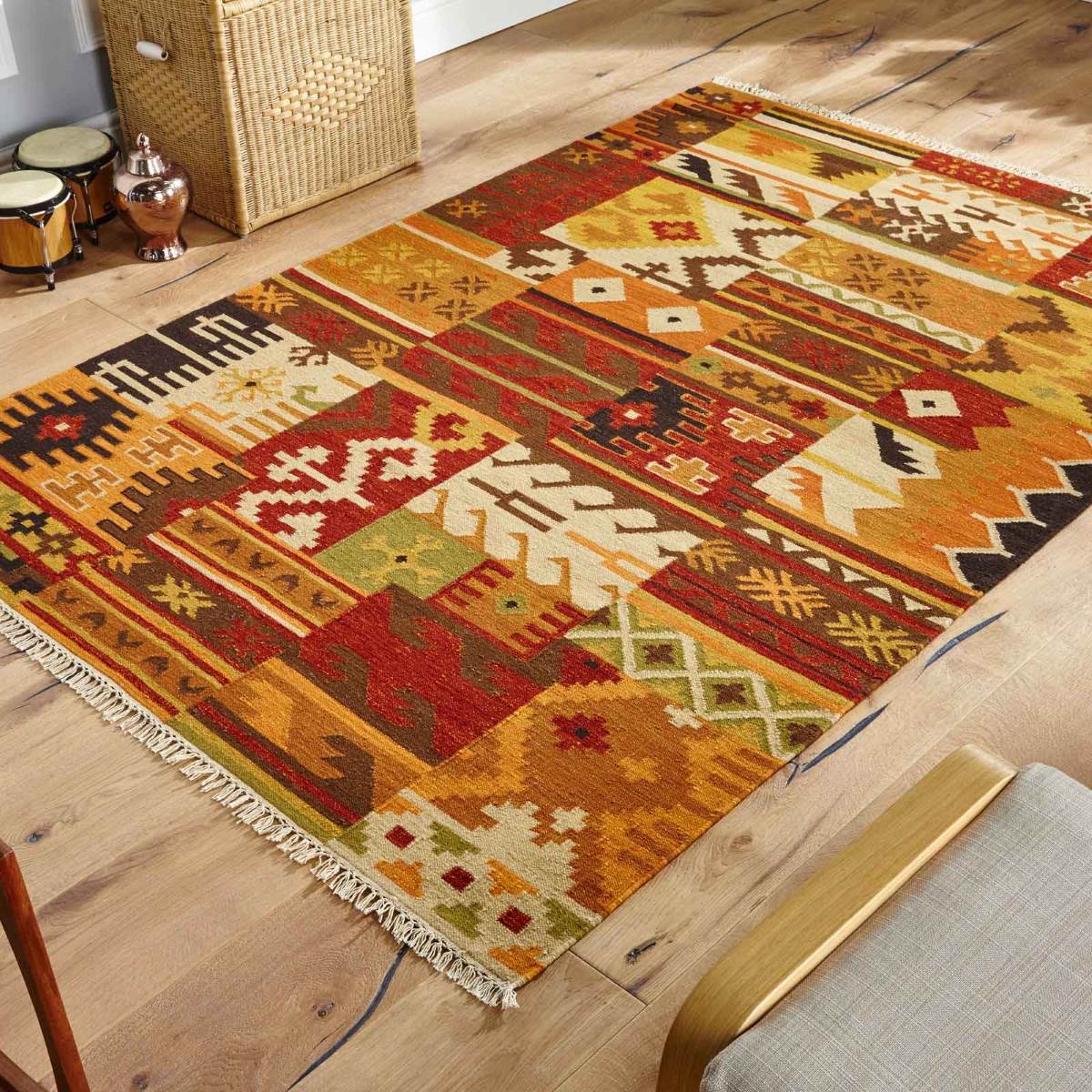
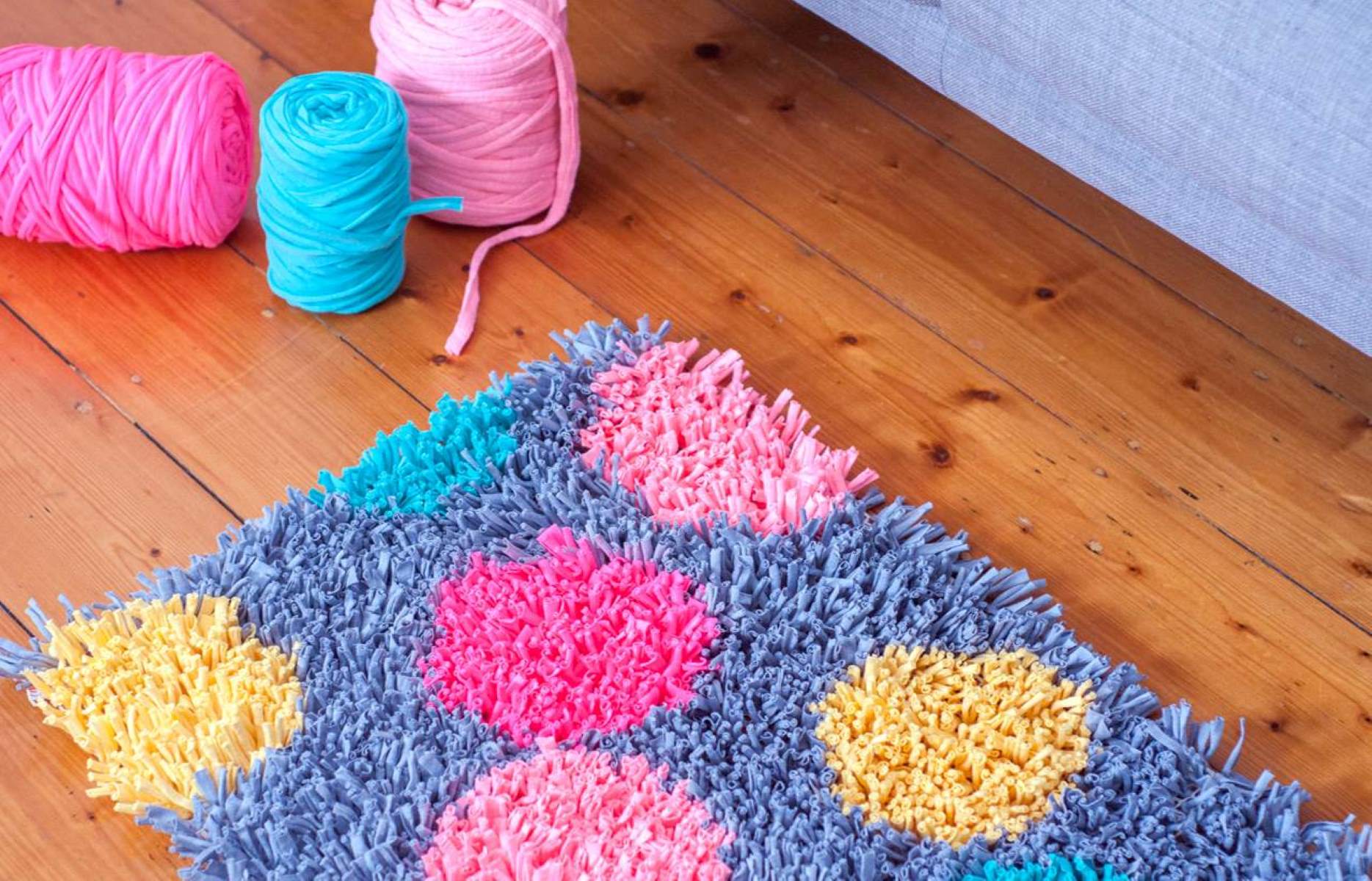
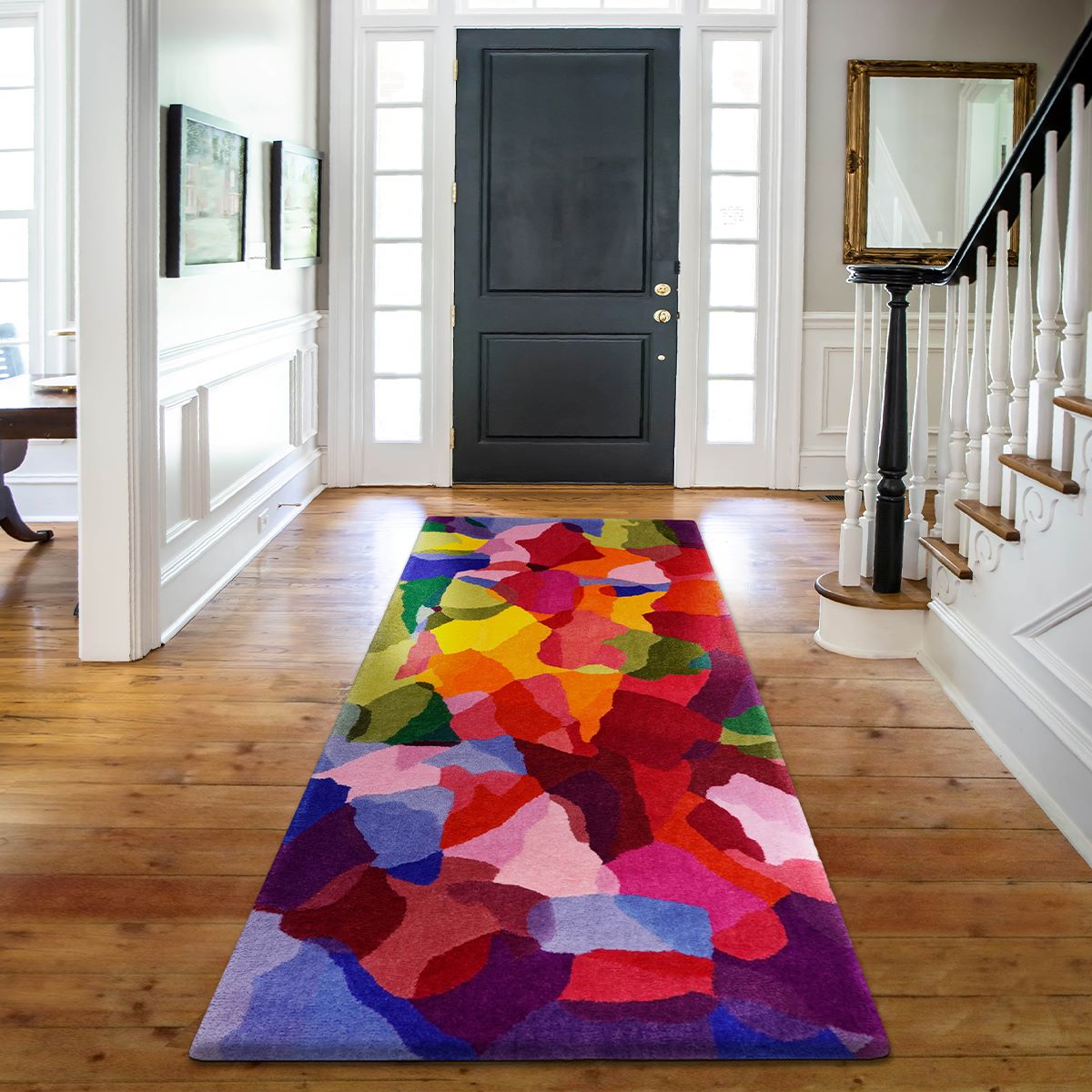

0 thoughts on “What Are Rugs In Healthcare”